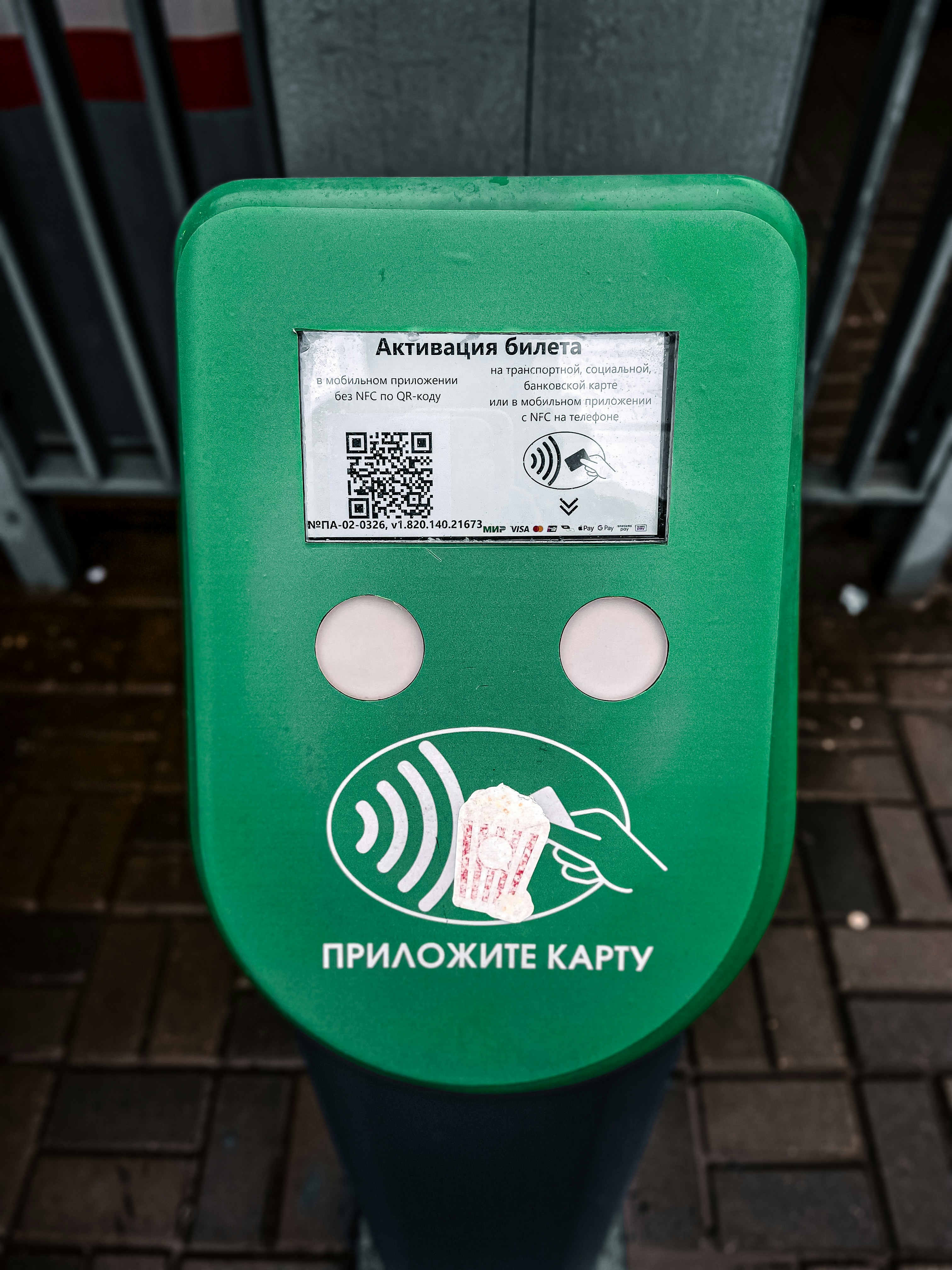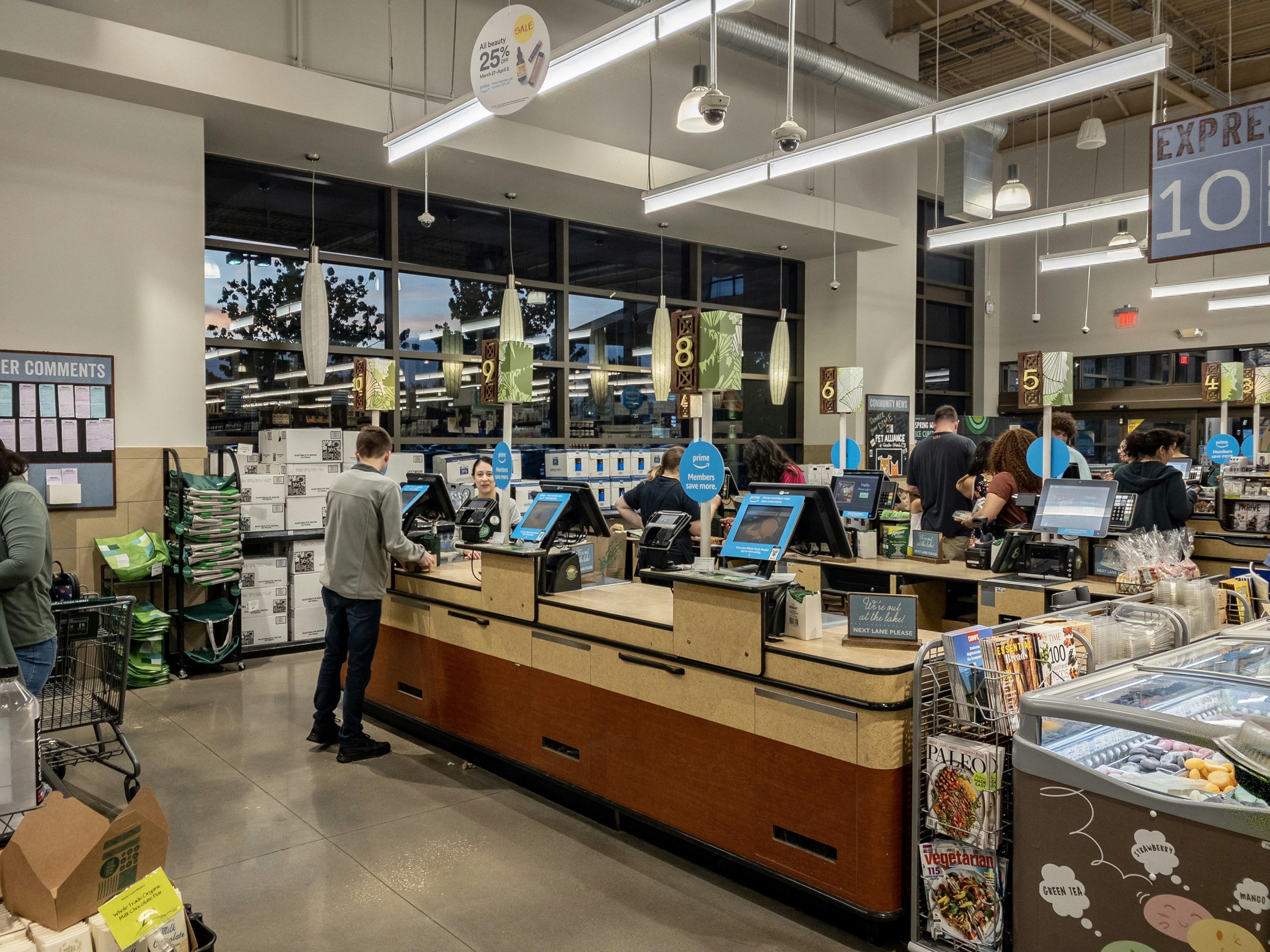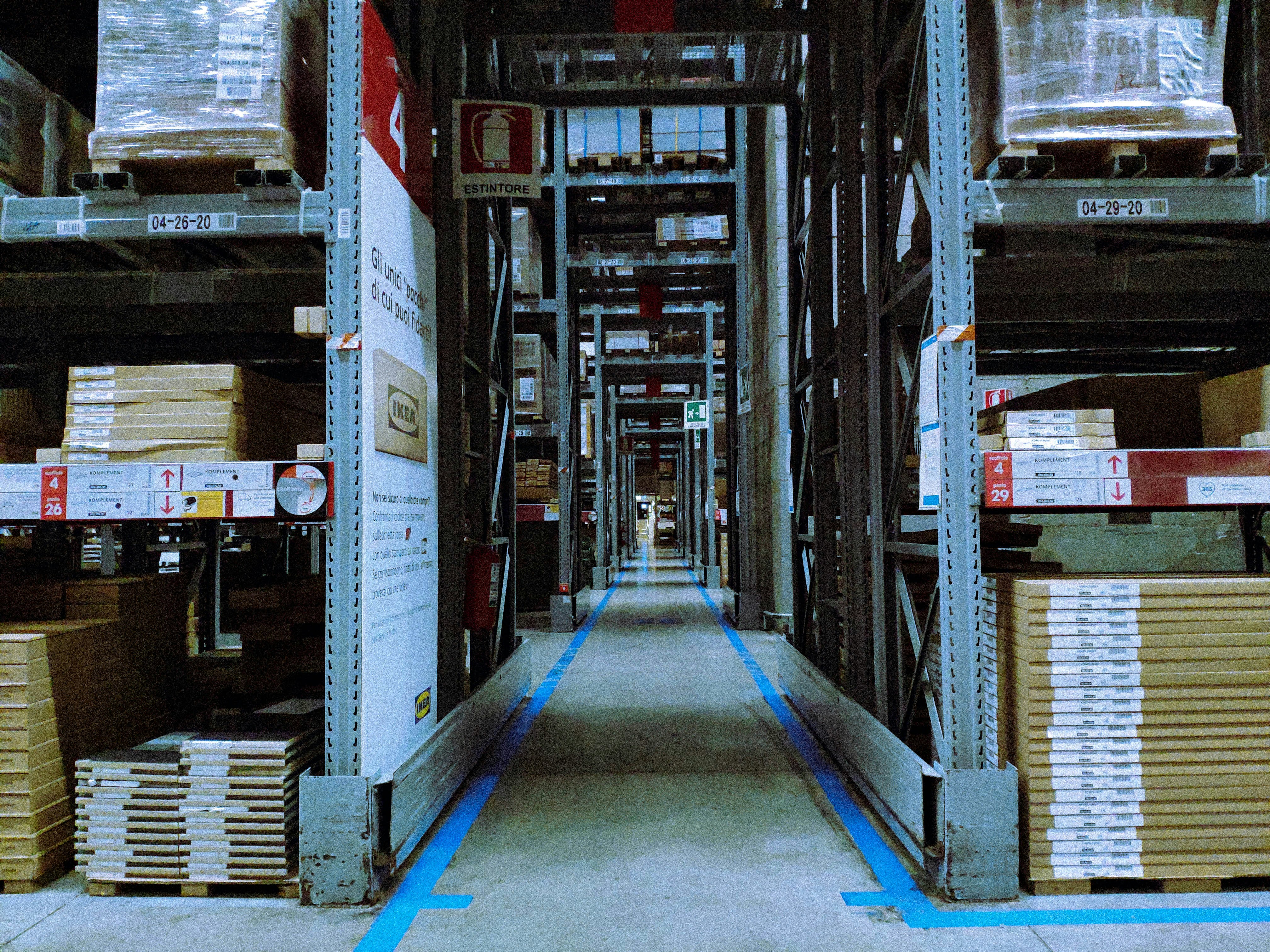Introduction to Barcode and RFID Technologies
Barcode and Radio Frequency Identification (RFID) technologies are integral components of modern data management and inventory tracking systems. A barcode is a visual representation of data that consists of parallel lines and spaces, commonly seen on consumer products. When scanned by a barcode reader, it translates the pattern into information, enabling quick and accurate data retrieval. Developed in the late 1940s, the first barcode represented a significant advancement in automating data entry processes, leading to a revolution in inventory management and retail operations.
RFID technology, on the other hand, uses electromagnetic fields to automatically identify and track tags attached to objects. These tags contain electronically stored information and can be read from a distance without direct line-of-sight, setting RFID apart from traditional barcodes. The introduction of RFID took place in the 1980s, but its widespread adoption has occurred in recent years due to advances in technology that have lowered costs and improved performance.
The importance of barcode and RFID technologies cannot be overstated, especially in sectors such as logistics, retail, and inventory management. By leveraging these technologies, companies can enhance their operational efficiency and accuracy. For instance, retail environments benefit from barcodes through streamlined checkout processes, while RFID enables real-time tracking of goods throughout the supply chain, reducing errors and mitigating losses due to theft or misplacement.
As industries increasingly rely on accurate inventory data, barcode and RFID technologies serve as essential tools for improving operational workflows. The ability to quickly scan items for inventory audits or to monitor product movements not only saves time but also significantly minimizes human error. In an era where efficiency and precision are paramount, embracing these technologies proves crucial for businesses looking to maintain a competitive edge.
Current Applications of Barcode and RFID Technologies
Barcode and Radio Frequency Identification (RFID) technologies have become pivotal in numerous industries, facilitating various processes through increased efficiency, accuracy, and automation. In the retail sector, barcodes streamline inventory management by enabling fast and precise tracking of products. Retailers utilize barcode scanning at checkout points, ensuring quick transactions while maintaining accurate stock levels. For instance, major retail chains employ barcode systems to not only manage sales but also to analyze consumer purchasing patterns.
In the healthcare industry, both barcodes and RFID technologies enhance patient safety and operational efficiency. Hospitals apply barcode systems to manage medication administration and patient identification, significantly mitigating the risks of errors that could arise from manual processes. RFID tags are used for tracking medical equipment, ensuring that critical devices are readily available and properly maintained. Facilities can optimize their resources, leading to improved patient care and overall operational effectiveness.
Warehousing and logistics are another notable application area where barcode and RFID systems are utilized. These technologies allow for real-time tracking of goods in a warehouse environment, vastly improving inventory accuracy and accelerating order fulfillment processes. For example, a leading logistics company employs RFID technology to minimize shipping errors, enhance visibility throughout the supply chain, and optimize delivery routes. As a result, businesses experience reductions in operational costs while simultaneously improving customer satisfaction.
Furthermore, in the manufacturing sector, barcode and RFID technologies are invaluable in monitoring production processes. Organizations utilize barcodes to track components throughout the assembly line, ensuring that quality standards are met. RFID systems facilitate the movement of materials, automating warehouse operations and thereby reducing the need for manual handling. These implementations illustrate the versatility and adaptability of barcode and RFID technologies across diverse industries.
Emerging Trends in Barcode Technology
Barcode technology is continually evolving, presenting innovative solutions that enhance usability and consumer experiences. One of the most notable advancements is the rise of 2D barcodes, such as QR codes. Unlike traditional one-dimensional barcodes, which store limited information, 2D barcodes can encode substantial data, including URLs, product details, and promotional offers. This flexibility allows businesses to engage customers more effectively, enabling them to access information quickly through their smartphones.
Mobile scanning applications are also gaining traction. With the widespread adoption of smartphones, consumers can scan barcodes using their mobile devices effortlessly. This trend not only simplifies the purchasing process but also facilitates instant access to product reviews, price comparisons, and digital coupons. Retailers can leverage these applications to enhance customer interaction and drive sales, as the immediacy of mobile scanning significantly enriches the shopping experience.
Moreover, the integration of barcode technology with mobile payment systems is transforming how transactions are conducted. By using barcodes in combination with digital wallets, businesses can offer seamless checkout processes. Consumers can simply scan their barcodes at point-of-sale terminals, which expedites transactions and minimizes the time spent waiting in line. As contactless payments become increasingly popular, the synergy between barcode technology and mobile payment systems is expected to grow significantly.
These emerging trends not only reflect technological advancements but also underscore a shift towards a more integrated and consumer-centric retail environment. Businesses that adopt these innovations will likely benefit from enhanced customer engagement, streamlined operations, and ultimately, increased satisfaction. The advancements in barcode technology are reshaping the landscape of retail, positioning it for continued growth and adaptation in the future.
The Evolution of RFID Technology
Radio Frequency Identification (RFID) technology has undergone significant transformations since its inception, frequently integrating new advancements in tag design, read range capabilities, and data processing. Historically, RFID systems relied on simple passive tags that functioned at close distances. Today, the evolution of RFID technology has expanded the potential applications across various sectors, dramatically improving efficiency and accuracy in tracking and inventory management.
One of the most notable advancements in RFID technology is the development of next-generation, compact tags that feature improved sensitivity and durability. These modern tags are not only more robust but also offer increased storage capacity, enabling them to collect and store more data. Innovations in materials and energy harvesting have made it possible to design tags that remain functional in even the harshest environments, paving the way for broader deployment in industries such as manufacturing, logistics, and healthcare.
Additionally, the read ranges of RFID systems have evolved considerably. Enhanced antenna designs and advanced signal processing algorithms allow for accurate reading from greater distances. This extended range facilitates more seamless scanning of multiple items simultaneously, which significantly streamlines processes in environments like retail and warehouses. With RFID technology, businesses can optimize inventory management, reducing labor costs and minimizing human error.
Furthermore, the integration of RFID with emerging technologies, such as the Internet of Things (IoT) and artificial intelligence (AI), is reshaping how data is analyzed and utilized. By connecting RFID tags to a broader network, companies can leverage real-time data analytics to gain insights into consumer behavior and operational efficiencies. As these developments continue to gain traction, the trajectory of RFID technology promises to revolutionize various sectors, aligning with the growing demand for smarter, more efficient systems.
Integration of Barcode and RFID with IoT
The integration of barcode and RFID technologies with the Internet of Things (IoT) marks a significant advancement in the way businesses manage their supply chains and operational processes. This amalgamation facilitates enhanced communication between physical objects and digital systems, thereby empowering organizations with real-time data access and automation capabilities. By embedding IoT sensors within barcode and RFID systems, businesses can achieve unprecedented levels of precision in inventory management and asset tracking.
One of the most notable implications of integrating these technologies is the real-time tracking of goods throughout the supply chain. With RFID tags and barcodes linked to IoT platforms, organizations can monitor product locations and conditions without manual intervention. This constant visibility not only reduces the risk of misplaced items but also enables proactive inventory control, ultimately minimizing stockouts and overstock situations. Furthermore, real-time data analytics derived from these integrations can identify trends and patterns, allowing organizations to optimize their operations and make informed decisions.
Additionally, the combination of barcode, RFID, and IoT technologies facilitates enhanced data analytics capabilities. The vast amounts of data collected through interconnected devices can be analyzed to derive meaningful insights, helping businesses to refine their processes and strategies. For example, organizations can examine customer preferences and buying behaviors more closely, enabling tailored services and improved supply chain responsiveness. Moreover, predictive analytics can foresee demand fluctuations, enhancing planning accuracy and resource allocation.
As the landscape for supply chain management evolves, the integration of barcode and RFID technologies with IoT is set to redefine traditional methodologies. Organizations that leverage these innovations will be better positioned to navigate the complexities of modern supply chains, ensuring efficiency and scalability in an increasingly competitive market. This technological synergy ultimately transforms how businesses operate, leading to smarter, more responsive systems that are essential for future growth.
Security and Privacy Concerns
The adoption of barcode and RFID technology has significantly transformed various sectors by enhancing operational efficiency and accuracy. However, these advancements are accompanied by notable security and privacy challenges. One of the primary concerns is the potential for data breaches. As organizations increasingly utilize barcodes and RFID systems to manage inventory and track assets, the vast amounts of data collected become lucrative targets for cybercriminals. Unauthorized access to sensitive information poses a substantial risk, potentially leading to financial loss and reputational damage.
Another significant issue linked with barcode and RFID technology is unauthorized scanning. RFID tags can be read from a distance, which raises concerns about individuals or entities scanning tags without consent. This unauthorized interaction can lead to privacy invasions, as personal or sensitive data may be captured without the individual’s knowledge. The ability to track consumer behavior through these technologies may also lead to unwanted profiling, further emphasizing the need for stringent privacy protections.
In response to these challenges, numerous measures are being implemented to bolster security and safeguard consumer information. Encryption techniques are increasingly utilized to protect data transmitted via barcode and RFID systems. Additionally, the incorporation of secure authentication processes ensures that only authorized entities can access the information. Businesses are also adopting legislative compliance and best practices to address privacy concerns adequately. By focusing on transparency and ethical data usage, organizations can build trust and enhance consumer confidence in the security of barcode and RFID technologies.
It is essential for stakeholders to remain vigilant in addressing these security and privacy concerns. Through continuous advancements in technology and the implementation of robust security protocols, barcode and RFID systems can be made safer, thereby ensuring the protection of both businesses and consumers alike.
Regulatory and Compliance Factors
The implementation of barcode and RFID technology is significantly impacted by the regulatory landscape that governs these systems across various sectors. Adhering to compliance requirements is crucial for organizations that deploy these technologies, as non-compliance can lead to legal repercussions and operational inefficiencies. In sectors such as healthcare, retail, and logistics, specific regulations dictate how organizations must utilize barcode and RFID systems to ensure safety, security, and data integrity.
For instance, in the healthcare sector, regulations established by the Food and Drug Administration (FDA) require that barcodes be utilized to improve medication dispensing accuracy, thereby safeguarding patient health. Similarly, the FDA’s UDI (Unique Device Identification) system mandates that medical devices incorporate barcodes for effective tracking and traceability throughout the supply chain. This requirement emphasizes the necessity for compliance in implementing barcode technology and ensures adherence to safety standards.
Standards organizations, such as the International Organization for Standardization (ISO) and the GS1, play a pivotal role in establishing guidelines for barcode and RFID technology. They provide industry-specific standards that delineate protocols for the usage and integration of these technologies, which helps organizations remain compliant with national and international regulations. The impact of these organizations on the innovation trajectory is noteworthy; their standards often drive advancements, ensuring that new technologies remain compatible with regulatory frameworks.
Moreover, as industries evolve and technology advances, regulations surrounding barcode and RFID technologies are expected to adapt accordingly. Emerging developments such as the Internet of Things (IoT) and data privacy will likely prompt new compliance requirements. Thus, organizations must stay abreast of legislative changes to leverage barcode and RFID systems effectively while maintaining compliance. This proactive approach not only aids in regulatory adherence but also fosters innovation in utilizing these essential technologies for operational efficiency and enhanced customer satisfaction.
Future Opportunities and Challenges
The advancement of barcode and RFID technology presents significant opportunities for businesses across various sectors. With the increasing demand for efficiency in inventory management, supply chain logistics, and retail operations, both barcode and RFID systems are poised for substantial growth. Market forecasts indicate a robust expansion driven by technological enhancements, rising adoption rates, and the increasing need for real-time data collection and tracking. Companies can leverage these innovations to streamline processes, reduce operational costs, and improve customer satisfaction.
Specifically, RFID technology offers advantages such as enhanced visibility and automated inventory management, enabling businesses to track assets and goods with greater precision. This end-to-end tracking capability not only minimizes human errors but also significantly speeds up the warehousing and distribution processes. Market research forecasts illustrate a burgeoning interest in integrating IoT (Internet of Things) solutions with RFID systems, further advancing automated data collection and real-time analytics.
However, the adoption of barcode and RFID technologies is not without its challenges. One primary concern is the initial investment required for implementing these systems. Smaller businesses may find it particularly challenging to allocate sufficient resources to upgrade their inventory systems to accommodate RFID technology. Additionally, there is often a steep learning curve associated with new technology, requiring adequate training and change management strategies to ensure seamless integration. Furthermore, data security poses a pressing consideration, as the increased connectivity of these systems raises vulnerabilities to data breaches and unauthorized access.
In conclusion, while barcode and RFID technologies hold considerable promise for enhancing operational efficiency and accuracy within various industries, businesses must navigate the associated challenges effectively. By addressing these hurdles through careful planning and investment, companies can harness the full potential of these transformative technologies to stay competitive in the evolving market landscape.
Conclusion and Looking Ahead
As we reflect on the advancement of barcode and RFID technology, it is evident that these tools are undergoing significant transformation, influenced by emerging trends such as automation, enhanced security features, and the integration with the Internet of Things (IoT). This evolution is not only reshaping how businesses track and manage inventory but also how they engage with customers and streamline operations. The progression towards more sophisticated systems presents an opportunity for various industries to modernize their practices and improve efficiency.
One of the critical insights is the increasing role of data analytics—that is, how the information retrieved from barcodes and RFID systems can drive strategic decision-making. By leveraging data, companies can gain valuable insights into consumer behavior and inventory management, enabling them to remain competitive in today’s fast-paced market. As organizations consider the implementation of these technologies, it is essential to recognize the value of analytics as a vital component of the overall system.
Moreover, security continues to be a priority as barcoding and RFID technologies evolve. Companies are becoming more aware of the potential vulnerabilities associated with these systems. As such, future innovations are likely to include enhanced encryption methods and tracking solutions that will help safeguard against unauthorized access and data breaches.
As we look ahead, the landscape will be shaped by how organizations adopt these technological advancements for operational gain. Embracing the latest trends in barcode and RFID will not only improve efficiency but also position businesses to anticipate market changes. Engaging with these new developments will enable companies to harness the full potential of their assets and deliver greater value to their customers. As the future unfolds, staying informed and adaptable will be key for those seeking to leverage barcode and RFID technology effectively.
© barcodly.com- All rights reserved





